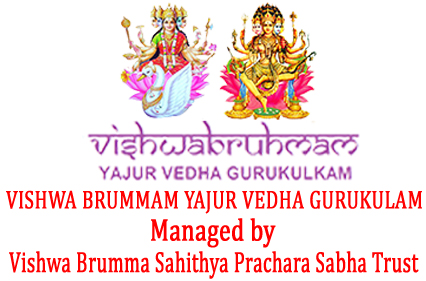The Vedas are considered the most sacred and treasured texts of India. The Vedas are a collection of hymns that were received by the ancient rishis (sages) as shruti, divine revelation. As hymns and mantras, these works were actively recited out loud to both praise and invoke the powers of the spiritual realms, and had been verbally passed on for many generations before written down on delicate palm leaves. These Vedic mantras were utilized in yagas and yajnas (ritual sacrifices and ceremonies) for promoting the well being of individuals, society and the world.As the oldest texts in any Indo-European language, it’s astounding that within these works the foundations of yoga are established, with yoga being defined as “yoking” and as a “discipline.” The Vedas provided the spiritual core and philosophical foundations for the future development of both yoga and Hinduism
